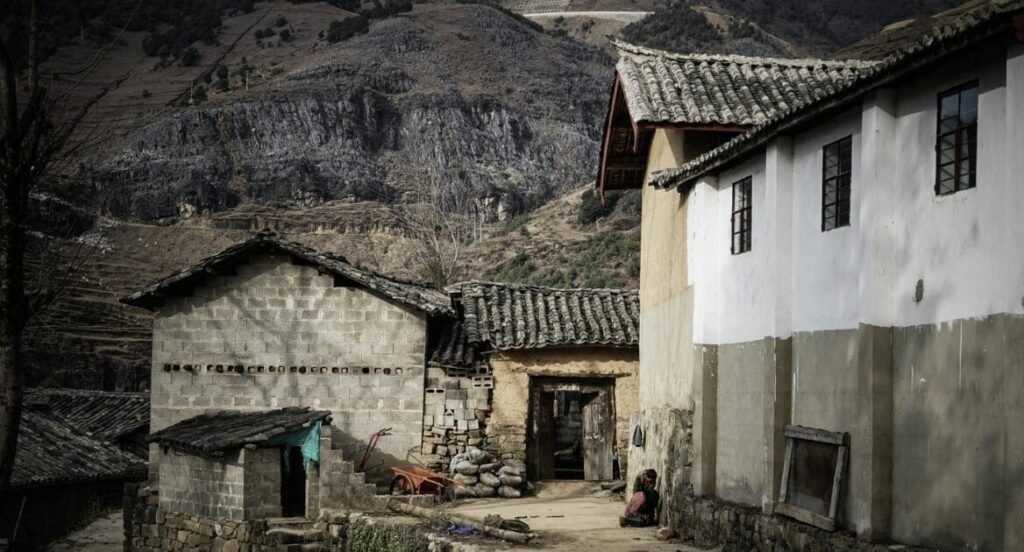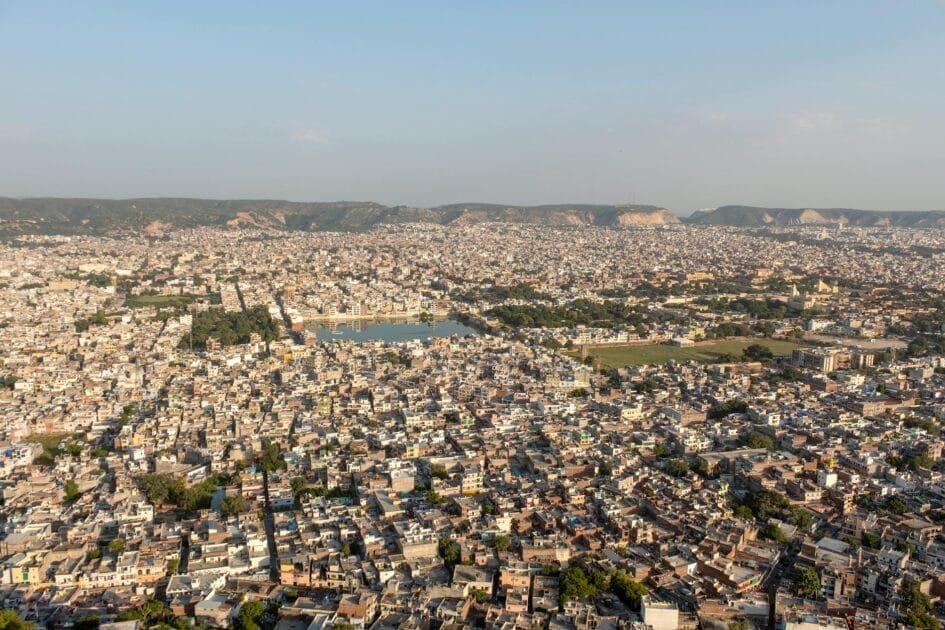In a country as vast and diverse as India, the new era of youth is a complex and multidimensional phenomenon. This is the generation trying to bridge the gap between rural and urban spaces, tradition and modernity, locality and globalization.
This article analyzes four pivotal dimensions — technology, environment, health, and political empowerment — and provides an in-depth, comparative examination of rural and urban youth. Supported by statistics and authoritative reports, it explores their respective challenges, prospects, and differences in intellectual capacity (IQ). The piece also recommends actionable policies for an inclusive and prosperous future.
Technology: Rural vs. Urban Divide
The spread of technology in India has been highly unequal. While urban areas have seamless access to smartphones, laptops, and high-speed internet, rural areas still struggle with connectivity and digital literacy.
| Aspect | Rural Areas | Urban Areas |
|---|---|---|
| Internet Penetration | ~35–40% (NITI Aayog, 2023) | ~85–90% (TRAI, 2023) |
| Tech Literacy | ~40–45% | ~85–90% |
| Digital Skill Level | Basic mobile use, online payments | AI tools, online jobs, advanced digital platforms |
| Tech-Driven Employment | 5–8% | 25–30% |
Key Insights:
- In rural areas, technology is largely confined to mobile phones and social media platforms used mainly for communication and entertainment. Its role in nurturing creativity and skill development is still limited.
- In urban areas, technology operates as an industrial resource, deeply integrated with education, job generation, startups, and innovation — making youth active participants in the global digital economy.
- According to the World Bank and NITI Aayog (2022), increasing rural digital literacy can reduce unemployment by 30–40%, making rural youth critical contributors to the national workforce.

Environment: Rural vs. Urban Realities
Environmental disparity in India is a pressing concern. Rural areas boast rich natural resources — clean air, open spaces, greenery, and access to fresh, organic food. Yet, this natural abundance often remains an untapped resource due to a lack of supporting policies and technology. In contrast, urban environments have access to advanced waste management, sewage treatment, and recycling technologies, but struggle with pollution and a scarcity of basic natural resources.
| Aspect | Rural Areas | Urban Areas |
|---|---|---|
| Green Cover (%) | 30–40% (FSI Report, 2023) | 5–15% (FSI Report, 2023) |
| Waste Management | Natural methods, open dumping | Sewage systems, recycling centers |
| Air Quality (AQI) | Avg. 60–90 | Avg. 150–300 |
| Water Supply | Individual or communal wells | Municipal supply, RO plants |
Key Insights:
- Rural areas have an abundance of natural resources — open skies, fresh air, greenery, and unprocessed, fresh foods. Yet, due to limited access to technology and policymaking, these benefits aren’t fully leveraged for sustainable rural growth.
- Urban areas, on the other hand, have policies and technological infrastructure in place (smart city projects, sewage and recycling plants), but they struggle with air pollution, water scarcity, and the loss of green spaces.
- An integrated approach — bringing rural resources closer to urban policy and technology, and incorporating urban environmental innovations into rural areas — can create a balanced and sustainable foundation for national development.
Health: Rural vs. Urban Perspectives
Studies conducted by the WHO and NFHS reveal a stark health disparity between rural and urban India:
| Aspect | Rural Areas | Urban Areas |
|---|---|---|
| Medical Services | Limited access to Primary Health Centers (PHCs) | Multi-specialty hospitals, advanced medical facilities |
| Mental Health Awareness | ~15–20% | ~60–70% |
| Child Malnutrition | ~30–40% (NFHS-5) | ~15–20% (NFHS-5) |
| Doctor–Population Ratio | ~1:2000 | ~1:600 |
| Average Life Expectancy | ~65–67 years | ~72–75 years |
Key Insights:
- In rural areas, access to medical care is highly constrained, with an estimated doctor–patient ratio of roughly 1:2000. In urban areas, the ratio is closer to 1:600, providing higher quality medical services and better access to specialists.
- Mental health awareness is more prevalent among urban youth. In rural settings, stigma and taboos associated with depression and anxiety hamper open discussions and access to counseling services.
- Bridging this gap through telemedicine centers, mental health counselors, and rural medical training can foster a more inclusive and healthy future for all.

Politics and Power: Rural vs. Urban Challenges
In a democracy, rural and urban youth face distinct barriers to gaining access to positions of political influence:
| Aspect | Rural Areas | Urban Areas |
|---|---|---|
| Percentage of Voters | ~40–45% | ~55–60% |
| Policy Representation | ~5–7% (NITI Aayog Report) | ~15–18% |
| Main Political Focus | Basic infrastructure (roads, water, education) | Jobs, technology, sustainable growth |
| Youth Political Involvement | Limited to Panchayat or block-level positions | Strong access to state and national platforms |
Key Insights:
- Rural youth often remain confined to addressing basic infrastructure and everyday struggles. Their voice is largely restricted to the Panchayat or block level.
- Urban youth, conversely, grapple with accessing higher levels of policymaking and face stiff competition within complex political ecosystems.
- True democratic empowerment can be achieved by creating spaces where rural youth have access to state and national platforms, and urban policies consciously incorporate rural interests.
Comparative Analysis of Individual and Social Intelligence (IQ): Rural vs. Urban
Research by the World Education Forum (2023) suggests that intelligence is shaped by environment, interaction, and access to resources, and is not limited to one area:
| Aspect | Rural Areas | Urban Areas |
|---|---|---|
| Average Individual IQ | ~90–100 | ~100–110 |
| Creative Thinking | Strong (inspired by nature, collaboration) | Strong (inspired by technology, global connectivity) |
| Problem Solving Skills | Developed through cooperation and lived experience | Developed through formal training and digital tools |
| Communication Skills | Strong in native language and local dialects | Strong in multi-language and global settings |
Key Insights:
- Rural youth demonstrate higher IQ in terms of cooperation, communal problem-solving, and interpersonal connections. Their intelligence is rooted in practical experience and collective efforts.
- Urban youth excel in technical knowledge, global communication, and innovation, making their thought process more expansive and multi-dimensional.
- Together, rural cooperation and urban ingenuity can form the foundation for an inclusive and dynamic future.
Final Comparative Insights
Both rural and urban youth have unique roles, strengths, and challenges:
- Rural youth are rich in cooperation, collective problem-solving, resilience, and a deep connection with nature.
- Urban youth dominate in technology, policymaking, global connections, and innovation.
If rural and urban youth can work together — combining rural resourcefulness and urban technological prowess — it will create the strongest foundation for an inclusive and prosperous India. This synergy goes beyond social and cultural coexistence; it signifies a new era of national strength and sustainability.
Policy Suggestions for an Integrated and Prosperous India
1. Rural–Urban Technological Inclusion
- Panchayat Tech Hubs: Establish technology centers in every Panchayat with access to high-speed internet and digital equipment.
- Online Skill Development Campaign: Organize online courses, workshops, and webinars focusing on AI, data analytics, web development, and digital marketing.
2. Health Services: Inclusivity and Cooperation
- Telemedicine Centers: Set up telemedicine facilities in every village, providing direct access to urban hospitals and specialists.
- Mental Health Policy: Appoint counselors in every Panchayat and block area for addressing rural mental health issues related to depression, unemployment, and exam stress.
3. Environmental Protection Policy
- Integrated Environmental Campaign: Form policies merging rural greenery and urban waste management, fostering cooperative resource usage.
- One Village, One Policy Initiative: Establish environmental conservation centers in every village for sustainable growth and rural–urban cooperation.
4. Political and Social Empowerment
- Rural Youth Participation: Ensure rural youth have access to state and national platforms for policymaking and dialogue.
- Urban Policy Incorporation of Rural Interests: Incorporate rural interests into urban policies and planning for balanced and holistic national growth.
5. Intellectual Integration Policy
- Cultural Exchange Programs: Establish regular exchanges between rural and urban students, youth, and professionals.
- Creative Coexistence Model: Launch policies and events like “Rural–Urban Dialogue Fest,” “Youth Policy Summit,” and “Skill Convergence Programs” for mutual learning and enrichment.
Integrated Comparative Table
| Aspect | Rural Areas | Urban Areas |
|---|---|---|
| Technological Access | 40–45% | 85–90% |
| Environmental Awareness | High, but challenging to implement | High, backed by policies and technology |
| Health Services | Primary centers, low awareness | Specialized hospitals, high awareness |
| Political Participation | Limited (5–7%) | Moderate (15–18%) |
| Individual IQ | Strong in cooperation, interpersonal connections | Strong in technology, policy, and global outlook |
The future of India rests on its youth — both rural and urban. Their collective strength across technology, environment, health, and politics can drive the nation towards an inclusive, sustainable, and prosperous future.
Rural–urban synergy is not merely a social or cultural ideal — it is an economic, environmental, and democratic imperative. By fostering mutual understanding, aligning policies, and nurturing cooperation, India can harness the best of both worlds, creating a new era for its youth and its people.



